As a result, I had to “shovel” many different sites. Basically, this is an advertisement for various coolants, without really detailed information. The main question is how different coolants differ (G11, G12, G34, G48 ...). And what kind of coolant is optimal for us? As a result, I collected the most interesting and I suggest, before buying an coolant, read this material (at the end of the link to the primary sources). Very briefly - general information. - The color of the coolant does not depend on its quality and is determined only by the type of dye! - There are two most common "bases" - ethylene glycol ((С2H4[OH]2) - a viscous colorless liquid, poisonous, with a sweetish taste), and propylene glycol ((С3H6[OH]2) - a substance that has properties similar to ethylene glycol, however non-toxic, and also possessing reduced corrosive activity. The mass use of propylene glycol in antifreeze today is hindered by its high price compared to its ethylene competitor). - Excerpt from an article in "Behind the Wheel" No. 4 2009, p.142. “Often on cans of antifreeze they write G11 G 11 (or G 48) and G12. The first is produced by the so-called hybrid technology, and the second - by carboxylate technology, and therefore they should not be mixed. The specifications TL 774-C (G11) and TL 774-D (G12) were drawn up on them. And since 2006, the designation G12 has disappeared, giving way to new formulations: TL 774-F (G12+), TL 774-G (G12++), TL 774-H (G12+++). By the way, our GOST 28084-89 practically repeats the modern American ASTM D3306 standard. And both of them are unanimously silent about such an indicator as the color of the coolant. We know that any antifreeze is initially colorless, a dye is added to it ... I wonder why? For example,
There is the following way to "navigate" in antifreeze - according to VW approval. There are 3 main types: G11, G12, G12 +.
-G11 - ethylene glycol is used, usually the cheapest coolant, with a small additive package. This class was assigned green (VW). G11 - silicate, usually painted in blue, green, yellow, orange. Russian analogue "Tosol". Service life up to 3 years. It acts on the cooling system on a large scale, silicate additives cover all walls with a very thin protective layer, regardless of whether there is corrosion or not.
- G12 - ethylene glycol and carboxylate compounds are used. Due to the fact that the anti-corrosion film is created only in the places of foci, and does not cover all internal surfaces, heat removal when using this antifreeze is more efficient than that of G11. Best suited for high speed and temperature loaded engines. Due to the more advanced package, fluids of this class are more expensive. This class was assigned a red color. G12 - carboxylate (based on organic compounds of carboxylic acids), usually stained red, but sometimes yellow, acts locally, i.e. if a corrosion center forms in the system, then the additives localize it. Therefore, additives in G12 do not work out so quickly (service life of 5 years), but only as needed. If G11 was already filled in the system, then due to the coating it creates,
- G13(G12+) - base - polypropylene glycol. This is a more environmentally friendly product (non-toxic, decomposes faster). Europe is chasing environmental friendliness, so they create such products. The most expensive coolants. This class has a yellow or orange color. In Russia, not a single manufacturer makes G13 class fluids. They have not grown up yet to chase the environment for that kind of money. Orange color.
Since 2008, a new type of antifreeze has appeared, in which an organic base is combined with a small amount of mineral inhibitors. They have not yet established a generally accepted designation. The developers call them "Lobrid coolants" and "SOAT coolants".
Practical recommendations. Any high-quality antifreeze will not freeze, but for cars with an aluminum radiator, it is best to pour SILICATE-FREE. These are antifreezes with the use of organic inhibitors, i.e. those carboxylic acids mentioned above - G12, G12 +, G30 (VW), G33 (PSA), G34 (GM). They are dyed orange or pink. The composition is almost identical to each other, and also identical to Texaco Havoline, Extendet Life, Dex Cool and Shell ELC antifreezes. Their main feature is that they are all based on two types of carboxylic acids (and even more), but do not contain silicates, phosphates, borates, nitrites, amines and nitrates. At the same time - the smaller the amount of acids they contain - the better. For example, Honda Genuine Coolant Type 2 (blue) and Toyota Long Life Coolant (red) contain ONE!!! type of carboxylic acids. ANOTHER type of carboxylic acid is not used due to the negative effect on some parts of the engine. But the exact recipe is rarely indicated on the packaging.
Therefore, it is best to follow the manufacturer's approval. Unfortunately, the probability of finding an coolant with Chery approval is very small, you can use the Mitsubishi approval.
"Silicate" coolants have a shorter service life and when they are replaced, the system must be flushed.
Silicate-free ("carboxylate") - more modern, they are more durable, more environmentally friendly, but also more expensive.
You can mix "quietly" only coolants of the same type and one manufacturer.
Therefore, it is better to buy with a margin for topping up.
Source: http://www.chinamobil.ru/wiki/doku.php/chery:chery_tiggo:avtozhidkosti
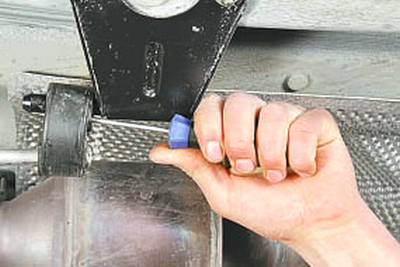
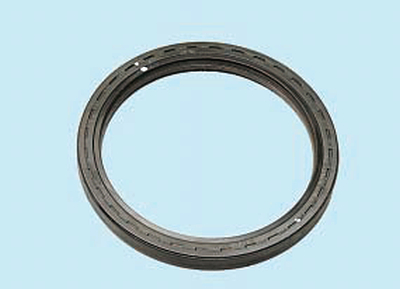
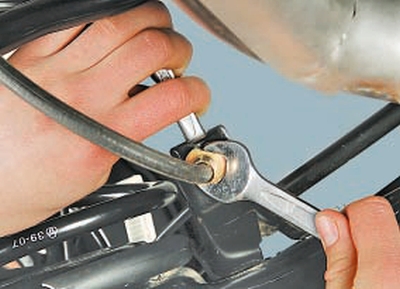
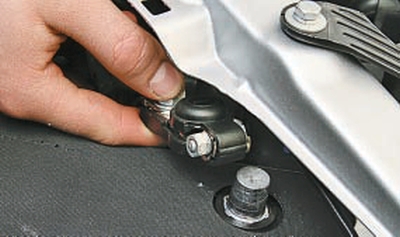
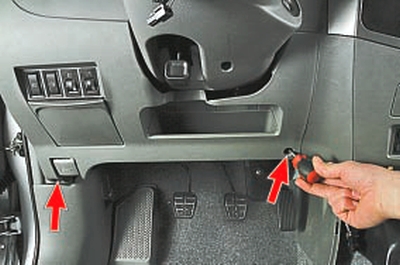

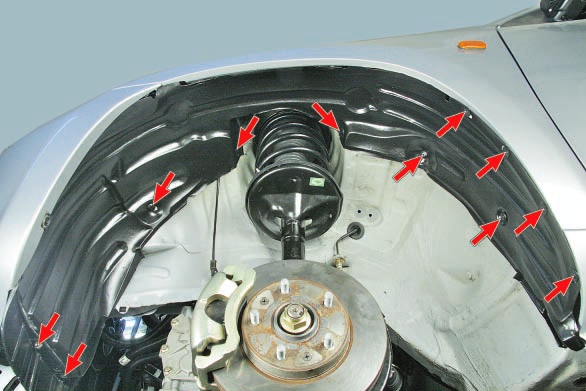
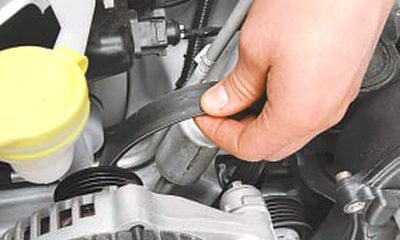
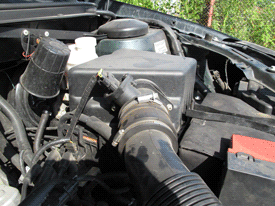
![T11 [2005 - 2014]](/uploads/Chery_Tigo_T11_2005_-_2014_.jpg)
